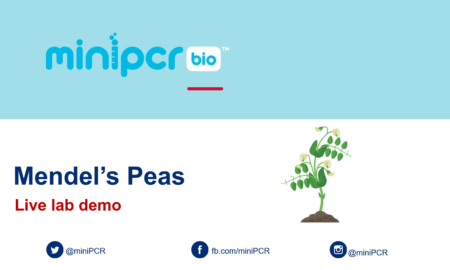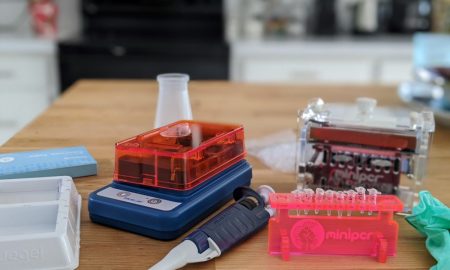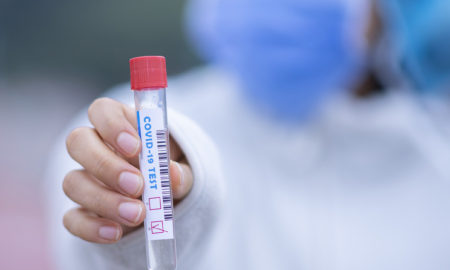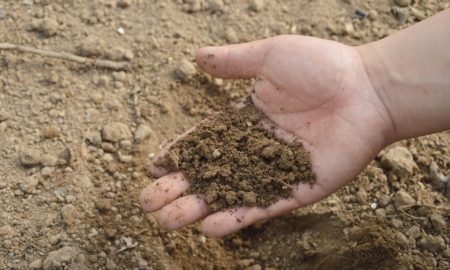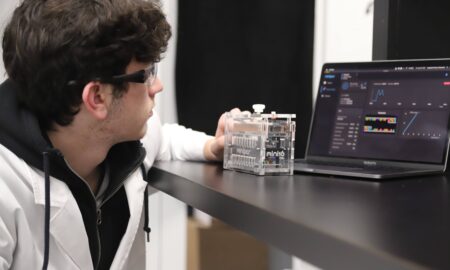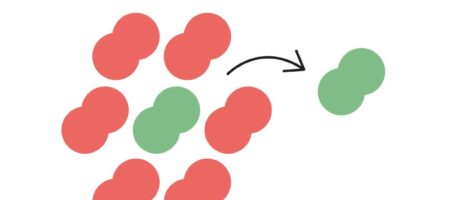Bioinformatics activities for the classroom
 The traditional image of a molecular biologist is someone working at a lab bench pipetting, running gel electrophoresis, or purifying proteins. While these activities are still at the heart of molecular biology, more and more biologists are working not at the bench but at a computer, where they analyze the vast quantities of data generated by modern lab tools. This is the world of bioinformatics.
The traditional image of a molecular biologist is someone working at a lab bench pipetting, running gel electrophoresis, or purifying proteins. While these activities are still at the heart of molecular biology, more and more biologists are working not at the bench but at a computer, where they analyze the vast quantities of data generated by modern lab tools. This is the world of bioinformatics.
Bioinformatics is the use of computer technology to collect, store, and analyze large amounts of biological data. Bioinformatics tools include software that uses DNA sequence data to map phylogenetic trees, programs that create 3D models of a protein’s structure from amino acid sequences, and sequence alignment tools that use massive databases to compare DNA sequences across species to aid in identification.
As more and more biologists rely on computational tools to do their work, there is value in introducing these skills in the high school and college classroom. miniPCR bio has created some engaging activities to introduce students to bioinformatics in a way that’s fun and accessible.
Conservation Genetics Lab: Discovering Lemur Diversity
In our Conservation Genetics Lab, students use authentic morphological and genomic data to explore species membership among eight dwarf lemurs in the forests of Madagascar. Then, in the optional “Using DNA sequence data to identify species” extension, students can enter full DNA sequence data into an online tool called Simple Phylogeny to create a phylogenetic tree. They then analyze the tree to clarify evolutionary relationships among various dwarf and mouse lemur species.
BioBits® Protein Structure and Function Lab
The Protein Structure and Function Lab invites students to examine the primary, secondary, and tertiary structures of fluorescent proteins and predict their functions. Students then use the BioBits cell-free system to test their predictions by producing the proteins and seeing if they glow! In the optional bioinformatics extension to this lab, students use online tools to convert the proteins’ DNA sequences into amino acid sequences. With the protein sequence translated, students can analyze how small changes to the DNA sequence affect the amino acid sequence and influence the secondary and tertiary structure of the protein. Finally, students convert the protein sequence into a three-dimensional model, allowing them to visualize and compare each protein’s structure and function.
Viral Diagnostics Lab
In the Viral Diagnostics Lab, students use gel electrophoresis to determine whether patients complaining of viral symptoms have seasonal flu or an emerging virus. This lab includes an optional extension, “Using genetic data to track outbreaks”, in which students trace the spread of a virus across the globe. Students analyze a phylogenetic tree and short segments of the viral genome as shown below to determine how the virus has spread between countries.
Bacterial DNA Barcoding and Fungal DNA Barcoding Kit
DNA barcoding is a specific type of DNA analysis aimed at identifying different species. Our Bacterial DNA Barcoding and Fungal DNA Barcoding kits each allow you to collect your own samples, extract DNA, and use PCR to amplify key DNA sequences used for identification. After confirming the results by gel electrophoresis, you may submit your PCR products to a third party for DNA sequencing. With sequencing results, you can then perform bioinformatic analysis. This can be done using a tool like BLAST, which is a search tool that finds regions of similarity between genetic sequences to aid in species or genus identification.
Compare our labs with bioinformatics connections below:
| Activity | Conservation Genetics Lab: Discovering Lemur Diversity | BioBits Protein Structure and Function Lab | Viral Diagnostics Lab: Beating the Next Pandemic | Bacterial DNA Barcoding Kit or Fungal DNA Barcoding Kit |
|---|---|---|---|---|
| Time requirement | 45 min | 30 minutes during 1 class period, followed by 10 minutes for observation 8-72 hours later | 45 min | These project-based activities each require at least three class periods for completion |
| Techniques | Gel electrophoresis, micropipetting | Cell-free protein synthesis, fluorescence visualization, micropipetting | Gel electrophoresis, micropipetting | DNA extraction, PCR, gel electrophoresis, micropipetting |
| Bioinformatics connection | Use DNA sequences to build phylogenetic trees and clarify species membership | Convert DNA sequences into amino acid sequences and 3D protein models | Compare DNA sequences to identify viral variants and analyze a phylogenetic tree to track the spread of an emerging virus | Send PCR products for DNA sequencing and analyze resulting data |
As you can see, there are many different ways that you can get your students started with bioinformatics. We hope you will try out one of the activities that we’ve shared and show your students how biology, statistics, and computer science intersect!




